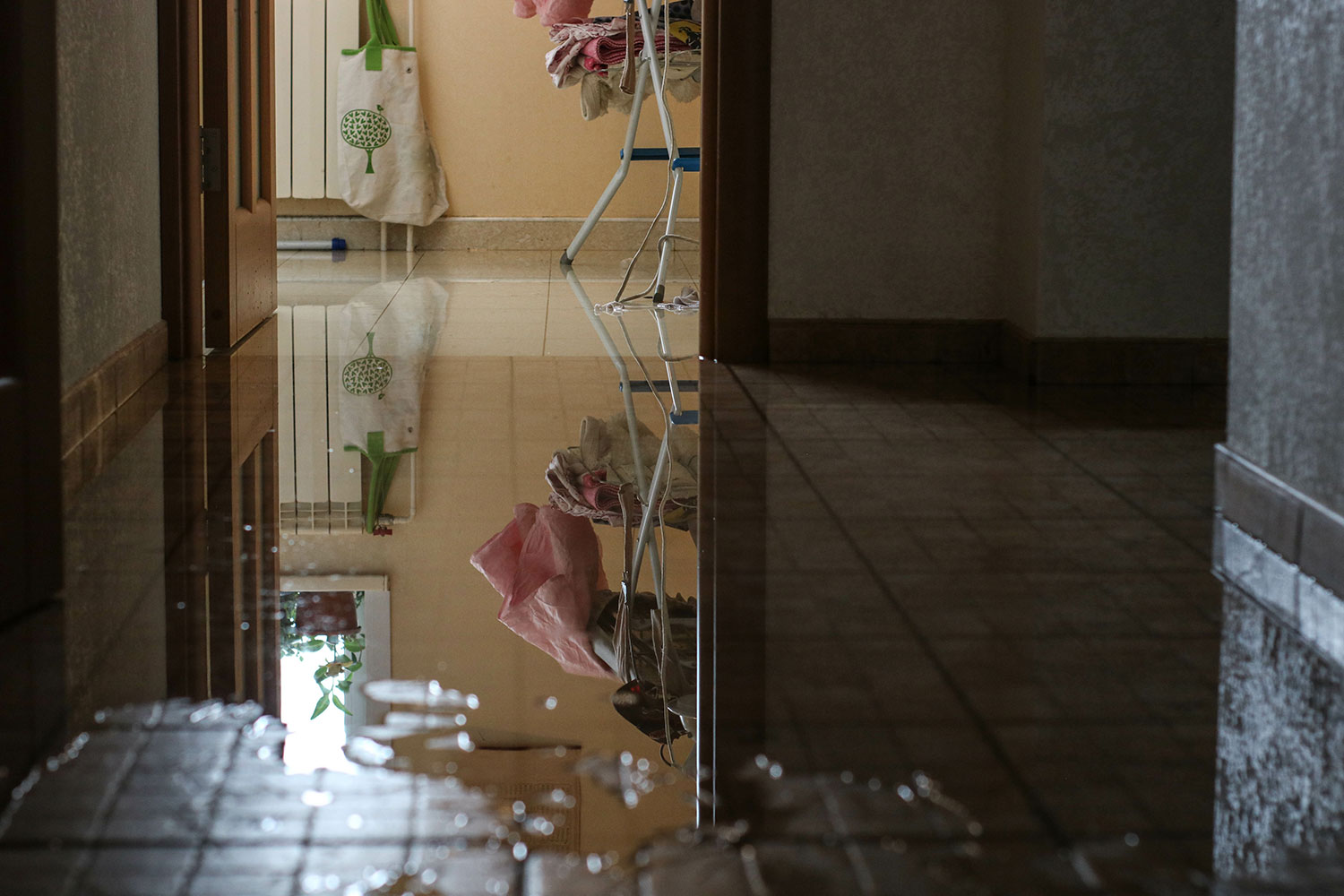What're your concepts on How to Repair and Prevent Bathroom Water Damage??

Water damage frequently occurs in the shower room as a result of the water made use of daily. Sometimes, the damage could be a little mold from the shower. Other times, it's large damages on your flooring. Whatever it is, it is constantly good to know the cause as well as avoid it prior to it takes place.
This overview will certainly experience several of the common causes of water damage in the bathroom. We will likewise examine what you can do to avoid these causes from damaging your restroom. Let's dive in.
These are the typical factors you would have water damage in your shower rooms as well as exactly how you can identify them:
Excess Wetness
It's great to have that lengthy shower as well as sprinkle water while you hem and haw as well as act like you're carrying out, however occasionally these acts can create water damage to your washroom.
Spraying water around can trigger water to visit corners as well as form molds. Watch how you spread out excess dampness around, and also when you do it, clean it up to avoid damages.
Splits in your wall surface ceramic tiles
Shower room wall surface ceramic tiles have been specifically developed for that purpose. They protect the wall from dampness from individuals taking showers. Nonetheless, they are not undestroyable.
Often, your restroom wall tiles crack and also permit some wetness to leak into the wall. This can possibly ruin the wall if you don't take any kind of activity. If you observe a fracture on your wall tiles, repair it promptly. Don't wait until it destroys your wall surface.
Overruning toilets and sinks
As human beings, often we make errors that could create some water damage in the shower room. For instance, leaving your sink tap on can trigger overflowing and damages to other parts of the bathroom with dampness.
Likewise, a defective commode might cause overruning. For instance, a broken commode manage or other parts of the tank. When this occurs, it could harm the floor.
As quickly as you observe an overflowing sink or commode, call a plumbing technician to help take care of it right away.
Burst or Dripping Pipes
There are several pipes lugging water to different parts of your washroom. Some pipelines take water to the toilet, the sink, the taps, the shower, and also numerous various other places. They crisscross the tiny area of the shower room.
From time to time, these pipelines could obtain corroded and ruptured. Various other times, human action can create them to leak. When this takes place, you'll find water in the edges of your bathroom or on the wall.
To identify this, keep an eye out for bubbling wall surfaces, molds, or mildew. Call a specialist emergency plumbing professional to fix this when it takes place.
Roof Leaks
Occasionally, the issue of water damage to the shower room might not originate from the bathroom. For instance, a roof covering leak might create damage to the shower room ceiling. You can detect the damage done by checking out the water discolorations on the ceiling.
If you find water spots on your ceiling, examine the roof to see if it's damaged. After that, call a professional to assist fix the concern.
Conclusion
Water damage to your shower room can be aggravating. However, you can handle it if you stop several of the causes discussed in this overview. Call a specialist emergency plumbing if you discover any kind of extreme damage.
How to Prevent Water Damage in Your Bathroom?
Water damage repair is an expensive, meticulous, and lengthy process. Unfortunately, bathrooms are the most susceptible rooms to water damage due to toilets, showers, and sinks. Pipes and fixtures wear out over time and are not immune to damage. But all is not lost, as there are ways to prevent water damage from occurring in your bathroom.
Check Your Plumbing
Nothing lasts forever, especially pipes, which can rust and begin leaking over time. You should periodically conduct pipe inspections and pay attention for any musty smells or water stains that may indicate you need water damage repair. Here are some things to check:
Frequently test valves for your toilet, shower, and sink to ensure they are properly working. Check faucet supply lines hidden under vanities and replace when needed. Replace cracked or deteriorating caulking along sinks, tubs, and showers. If you notice a clog in your sink, call in a professional. Since you can’t check the pipes in the wall, keep an eye out for stains, drywall bubbling, musty smells, and excess moisture; if the bathroom is on a second level, check the ceiling of the room directly below for these signs. Don’t Overwork Your Toilet
One of the most common reasons bathrooms need water damage repair is due to overflowing toilets. Save yourself the hassle of cleanup by being mindful and not pushing your toilet to extreme limits. If you have young children, it is especially important to keep an eye on them when they are in the bathroom and to teach them how to avoid clogging the toilet. Here are some more tips to help prevent your toilet from overflowing:
If you have a septic tank, only use septic-safe toilet paper Do not flush anything down the toilet besides toilet paper; items like diapers and sanitary napkins will clog the piping Pay attention to your toilet’s water level: If it’s low, it could mean it is partially clogged or that there is a crack in the toilet bowl https://www.alure.com/home-improvements-blog/resources/how-to-prevent-water-damage-in-your-bathroom

As an avid reader on How to Repair and Prevent Bathroom Water Damage?, I assumed sharing that information was really useful. Kindly take the opportunity to promote this article if you appreciated it. Thank you so much for taking the time to read it.
Pest Control Expert